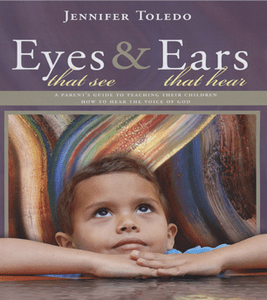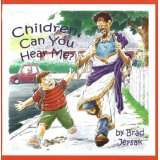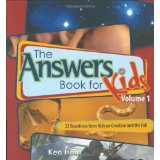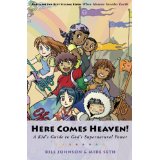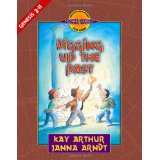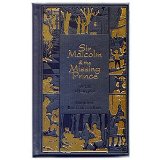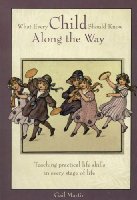Walking out the journey of loving God and loving people is our ultimate goal with our children. We want to help grow the different talents and dreams that God has given each of our kids. So, part of my homeschooling curriculum to have the kids have a “growth” book. This is usually some kind of discipleship book or inspirational book that helps them grow in their walk with God. Here are a few of my favorites….
- Eyes to See and Ears to Hear by Jennifer Toledo
This is a book that teaches kids how to hear and interact with Jesus. Its a great tool for parents to use with their kids. It also has testimonies of other kids and their walk with God. Jennifer Toledo is the founder of Global Children’s Movement. They change kids lives all over the world. If you ever get a chance to hear her or read her materials, its amazing what God is doing through her and her family.
2. Can you Hear Me? by Brad Jersak
This is another favorite book of mine that teaches kids how to interact with Jesus and how he sees them. One of my favorite features of this book is that in the back of the book there is a section for parents how they can teach their kids to hear the voice of God and the different ways God wants to talk to them. Brad Jersak also wrote and adult version that is also excellent.
3. Apologia-What We Believe Series Volume 1-4 by John Hay and David Webb
This is an excellent discipleship series for you to walk through with your kids. It has a lot of depth to the information, so we read just a few pages at a time during our Bible time. We are currently on “Who is my Neighbor?” which is Volume 3. I have enjoyed how in this particular volume they have introduced the main world religions through a biblical perspective. For example they introduced us to a family from India that believes in the Hindu religion. As we get to know the family, the book explains the belief system of the Hindu religion. Then at the end of the chapter, it has the kids discuss the differences between the Hindu religion and Christianity. This has facilitated some thought provoking discussions with my kids.
4. Answers for Kids Volumes 1-4 by Ken Ham
These 4 small hard back books are an amazing resource for all those “Why?” kids that live in our homes. The creative format has each page start with an actual question from a child and then the author proceeds to answer that question according to the Bible. We have loved to include this in our Bible time by reading just one question a day. I believe answering some of the “Why?” questions that our kids have about the Bible helps build their faith.
5. Here Comes Heaven by Bill Johnson
I appreciate the understandable way that this book explains who kids are in Christ and how to walk out their journey with God. It also has a journal feature at back of each chapter which allows kids to think about what the chapter was talking about. Its a phenomenal discipleship book that helps kids go deeper with God.
6. The Day the World Went Wacky by Janine Suter
This is a delightful book about creation and the beginning of the world. The illustrations are hilarious and it uses poetic form in the writing so kids remember the story. This book is written for elementary age kids, but my older kids have really enjoyed it too. Even though its written in a story form, the book explains many answers to kids on how God made the world and how sin entered into the world. There are two other books in the series, “Noah’s Floating Animal Park” and “The Not So Super Skyscraper” which is about the Tower of Babel. I am hoping that this author writes more books because she has a talent of explaining biblical principles through amazing story telling.
7. A is for Adam by Ken Ham and Mally Ham
The is an excellent early elementary introduction to Apologetics. The book takes you through the alphabet and walks you through creation and the provision that Jesus gave with the sacrifice of his life. Some features that I thought were helpful is the commentary for parents in the back of the book for each page and the student activities that they can choose to do with their children. The book also has coloring pages in the back that you can photocopy for the little ones that want to color the different alphabet pages you read.
8. Discover for Yourself- Inductive Bible Studies for Kids by Kay Arthur
If you want your children to go deeper in the Word of God then these books are for you. Kay Arthur does an amazing job of leading kids to go deeper in the word. Each inductive bible study that she has written focuses on a certain passage of scripture, a character in the bible or a biblical concept. They are written for upper elementary and older.
9. Battlefield of the Mind for Kids by Joyce Meyer
We teach our kids that they do not fight against flesh and blood but that their true enemy is Satan. Sometimes the greatest battle our kids have is what they think of themselves and what they think is their part in the world. Battlefield of the mind for kids is a great resource for kids to read and help them to start thinking differently. We have even used it with our teenager and it helped him think about things a little differently.
10. Lamplighter Books- Building Christ-Like Character
This is one of my favorite publishing companies for character building books. The books are older stories that teach certain lessons about life by focusing on a character’s problems and how they solve them with God. Our favorite so far is “Sir Malcom and the Missing Prince” which is an amazing story about a selfish prince who learns how to be unselfish and loving. The prince learns to be a great king, he must learn to serve and love the people around him. I usually do these books as read aloud books because they sometimes have a more challenging vocabulary because of the year that they were written in. Any of the lamplighter books are worth your investment of time spent reading them and money spent buying them.
